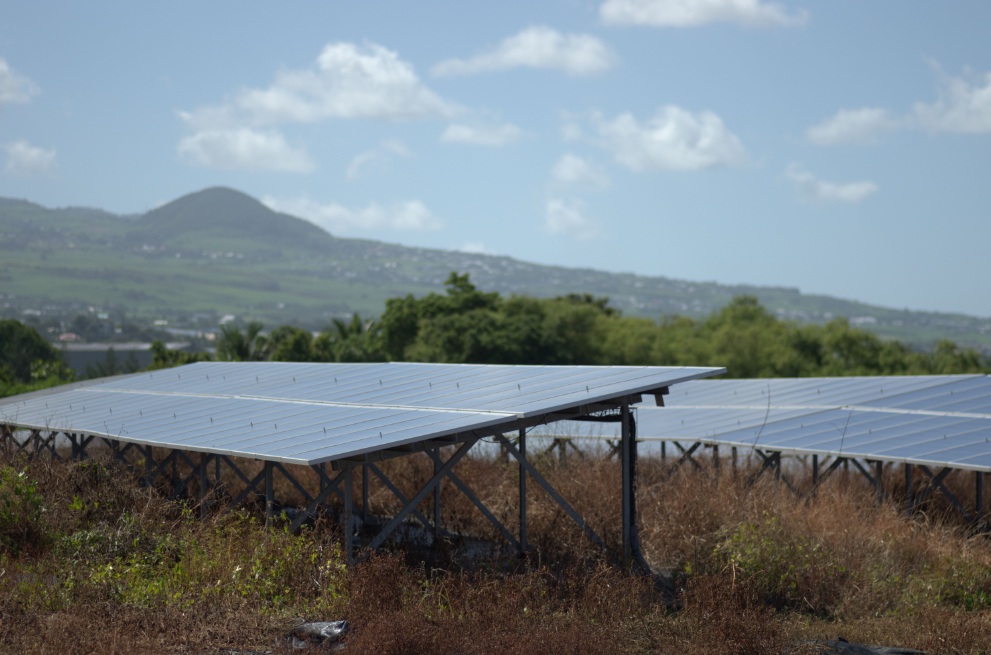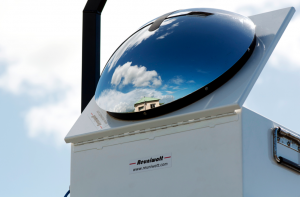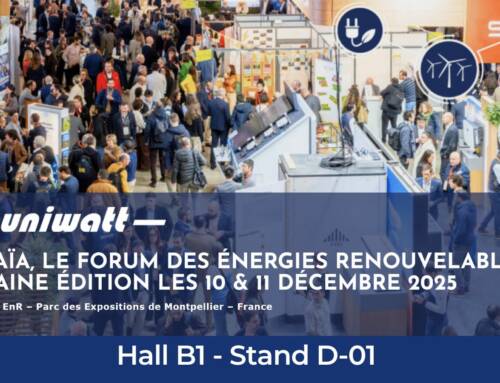How do we recognize a real innovation? The Massachusetts Institute of Technology (MIT) tried to answer this difficult question with the publication of a recent article in its Technology Review: “The ten breakthrough technologies of 2014”. More than allowing a dramatic change in our day-to-day habits, the 10 laureates have another common point: thanks to them, some of the most difficult scientific problems will be able to be solved. Thus, we can say that those technologies serve global progress. Supporting medicine – with brain mapping – as well as freedom of speech – thanks to the secure phone -, each of them represent, according to the MIT, a potential revolution.
Forecasting and renewable energies brought to another level
Can forecasting really be revolutionary? It’s true, using data – like satellite images – in order to predict meteorological evolution is not a new thing. But the difference today is that we can collect an increasing number of data. Wind turbines can for instance transmit in real time a huge amount of indications: generated power, wind speed and direction, turbine speed…
At the same time, very precise statistical models that can translate those data into predictions have been developed. Associated with an increasing number of information, this phenomenon enables to manage very precisely wind power, thanks to accurate forecasts. Indeed, the margin of error in wind forecasting used to be not far from 20 percent while it can reach 5 percent or less today, depending on the time horizon considered.
As far as solar energy is concerned, the « forecasting revolution » follows the same tendency today than wind forecasting did in the past ten years. The amount of data collected keeps on increasing, coming simultaneously from meteorological imaging, satellite and ground cameras. Thus, we can now have in real time all the information that we need from each solar panel – irradiance, temperature, generated electricity… After analyzing and comparing them with what we know from the solar installation (orientation, geographic localization, past data), we can forecast potential photovoltaic production.
A solution to intermittence
Thanks to the increasing preciseness of forecasting, it is getting possible to solve the main problem associated with solar and wind power: their variability. In fact, even if they have been supported by many governmental programs, solar and wind power haven’t been able to replace fossil fuels yet; and intermittence is the cause of their relatively slow progression. Indeed, in case there is a sudden lack of wind or sun, transmission system operators have to implement back-up power systems. Their problem: they are generally expensive and reject greenhouse gases. But thanks to forecasting, we can more and more often operate without this safety net and reduce the number of those backup systems, leading to reduced investments. From then on, increasing the renewable energy ratio in the grid becomes cheaper.
There are other economical benefits of forecasting, because it also allows to precisely manage production, choosing for example the right wind turbine rotor or the most appropriate solar panel inclination. This optimized management allows for the perfect match between current electricity production and present demand.
Finally, financial gains are also made possible by an increasing reliability of forecasting. Indeed, according to a recent SEPA (Solar Electric Power Association) report, a margin of error of 1 to 2 percent on a very short time horizon can cost several million euros if we use a power system that we did not need.
Towards an ambitious energy model
In the end, forecasting is revolutionary because it enables to truly shape energy transition: it does not only allow to add up renewable energy sources on top of what already exists, but to completely change the system.
According to the report released by the IEA (International Energy Agency) in February 2014 about the economic analysis of intermittent resources of energy, integrating 10 percent of variable energies into the grid is not a problem, as far as they avoid “hot spots” and allow to stabilize the grid. Used to manage energy demand variability, transmission system operators can easily adapt to this small variability. On the other hand, reaching 30 percent of intermittent energy into the grid makes it necessary to combine high technologies and investments in order to provide a more flexible production. It used to be impossible because of the amount of investments necessary, but it has now become accessible thanks to forecasting producing huge cost savings. Reunion Island is a perfect example of this phenomenon.
First territory in the world where the 30 percent peak of intermittent energies in the grid has been reached, Reunion Island needs forecasting in order to secure its grid. Thanks to its solar forecasting expertise, Reuniwatt answers this need. We are proud today to be part of the “top 10 technologies” chosen by the MIT. Our company intends to use its knowledge to fulfill its objective: efficiently solve challenges raised by energy transition.
Towards a smart management of our energy consumption
However, forecasting revolution does not only consist in integrating renewable energies into the grid at a large scale. On the long run, it will also allow people to manage their energy consumption the best possible way, depending on storage and charging possibilities. We can predict that many similar applications of forecasting will be developed: their combination will help optimize renewable energy use and decrease the amount of fossil fuels into the energy mix.
And this point must not be forgotten: forecasting’s final goal is to “decarbonize” our energy production and thus to fight global warming. Indeed, according to the Intergovernmental Panel on Climate Change (IPCC), CO2 emissions in the world should be reduced by 70 percent by year 2050 in order to stabilize global warming. One of the main ways to reach that goal would be to massively use solar and wind powers.
As far as electricity production is concerned, IPCC’s report, released in April 2014, notices that renewable energy sources represent half of the additional capacity of 2012 – figures that can only increase thanks to the future revolution promised by forecasting.





![[Webinar Series] The Future of Energy Risk Management](https://reuniwatt.com/en/wp-content/uploads/sites/3/2025/11/Webinar_EO4ER_Energy_Risk_Management-500x383.jpg)
